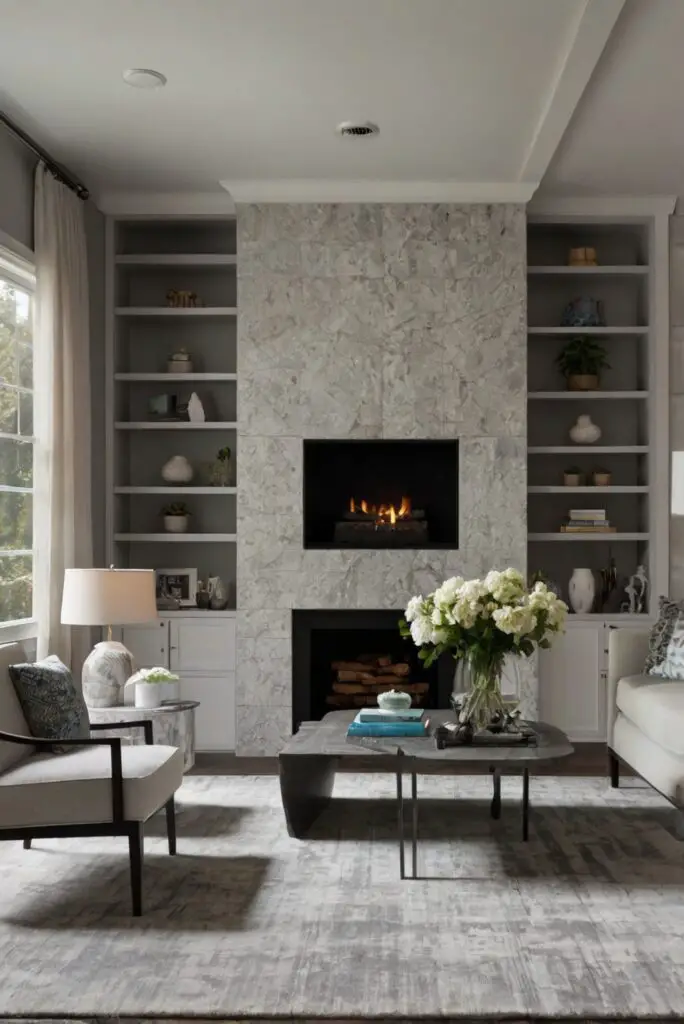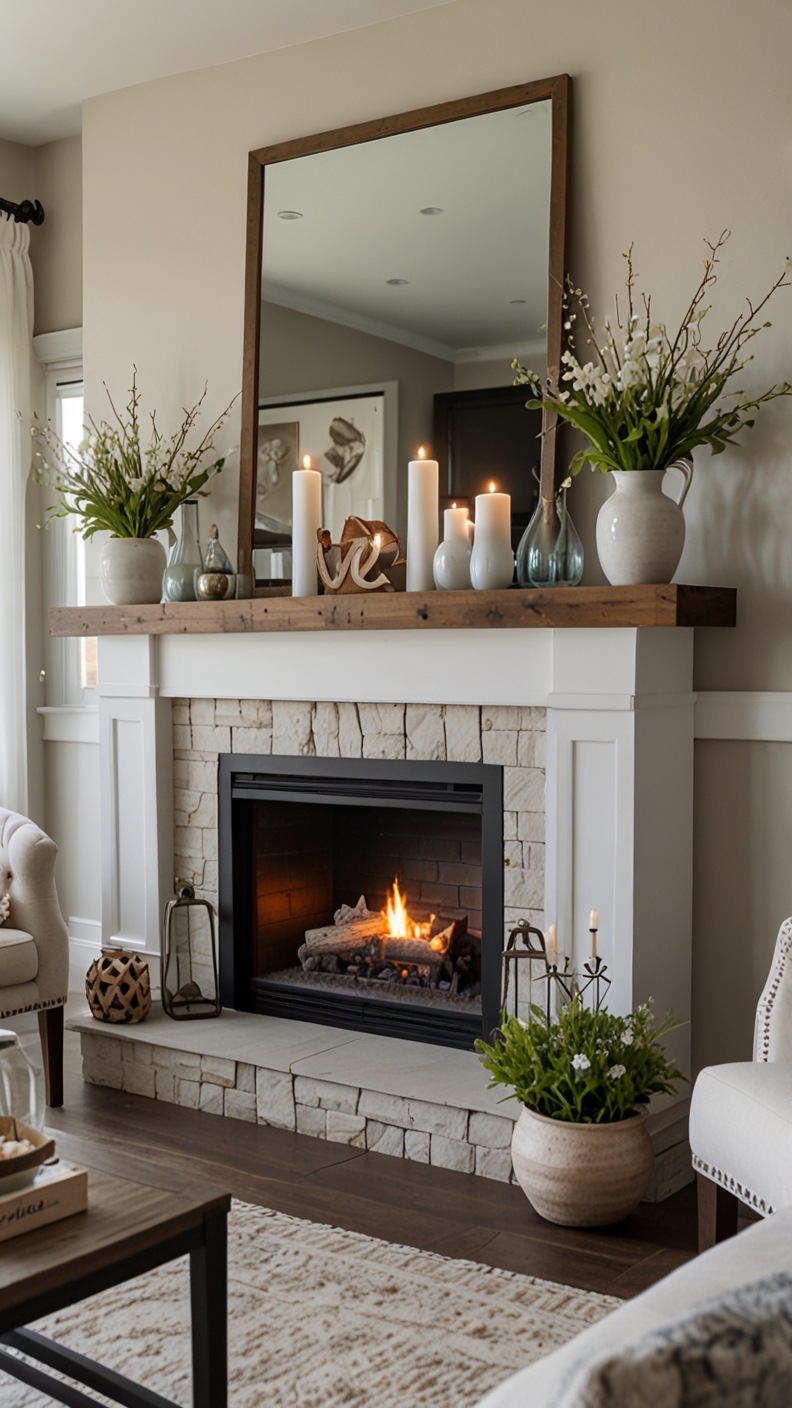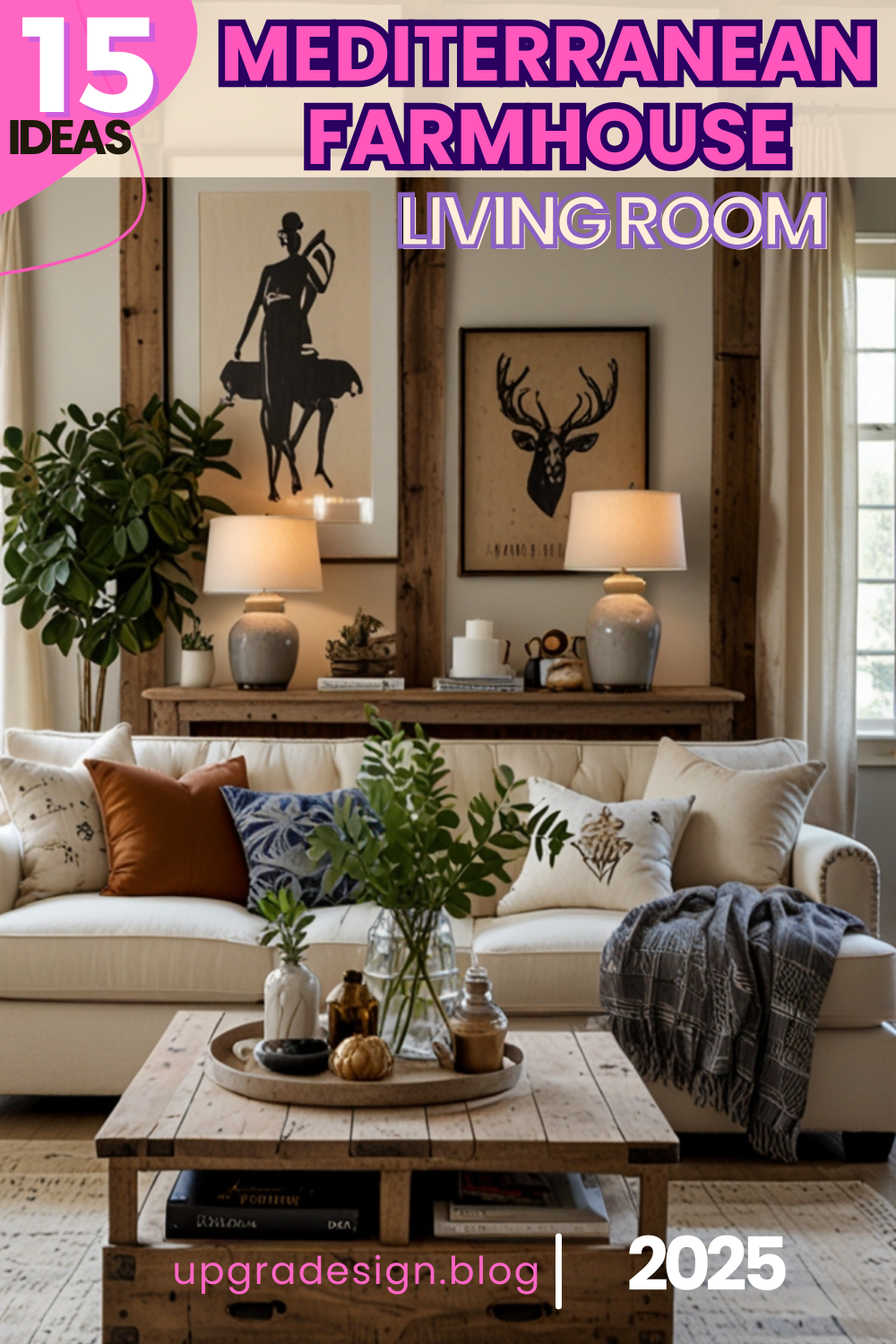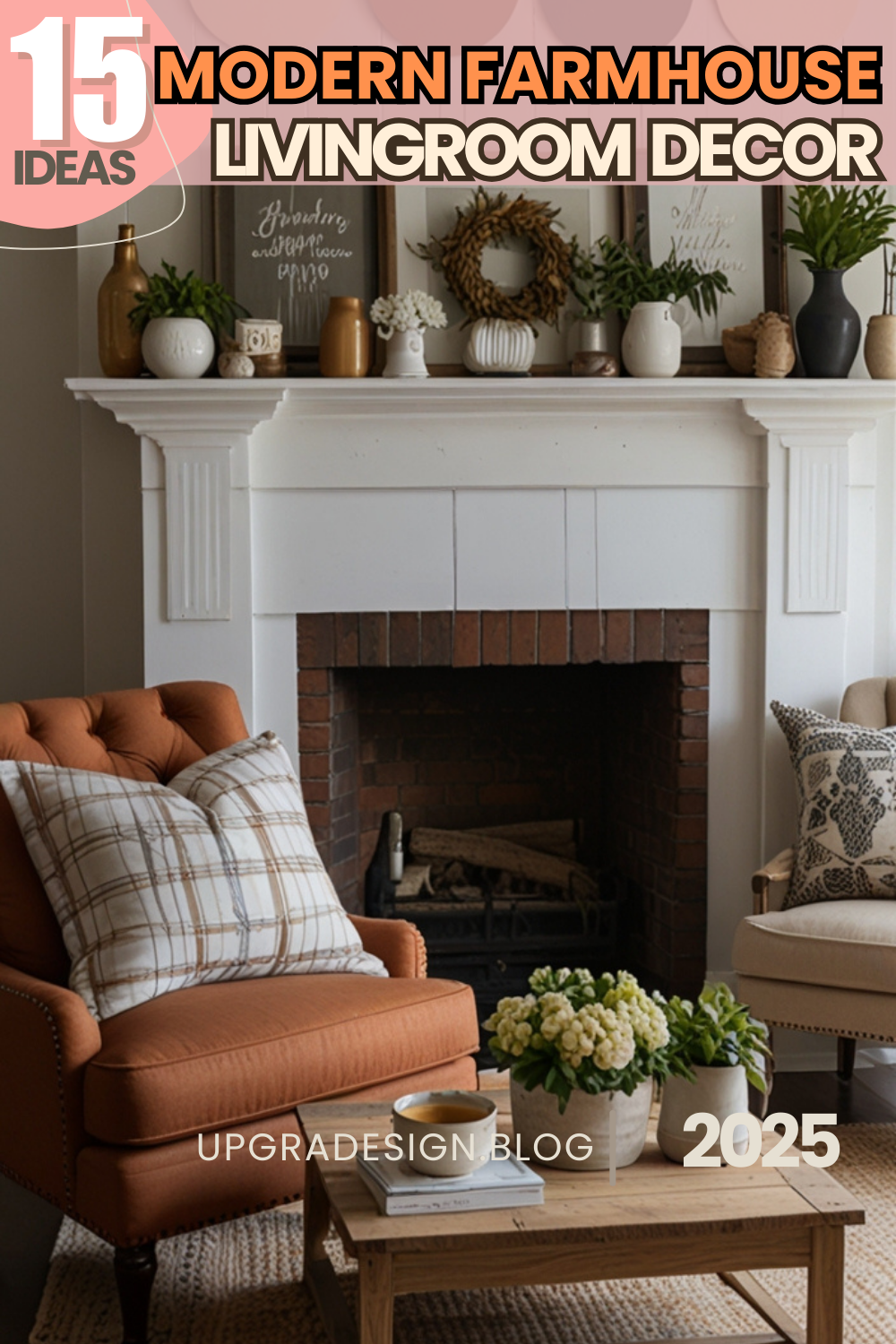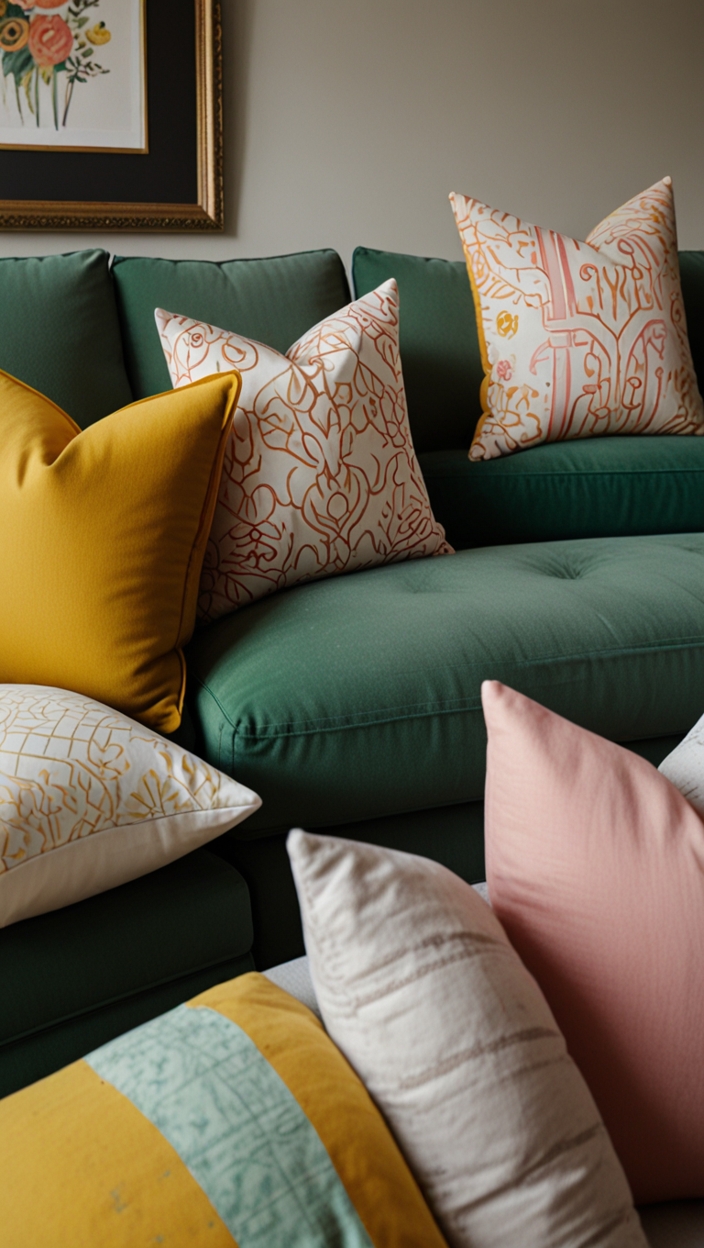Learn how to create a sophisticated living room design using a monochromatic color scheme. Discover tips and tricks for incorporating this stylish trend into your space.
**How to Use a Monochromatic Color Scheme in Your Living Room Design?**
Incorporating a monochromatic color scheme in your living room design can create a sense of harmony and sophistication. To start, choose a base color and then select various shades and tints of that color to create depth and interest. Consider using different textures and patterns to add visual appeal while sticking to your chosen color palette. Organize your living room furniture and accessories strategically to complement the monochromatic theme. Utilize accents like artwork, throw pillows, and rugs to introduce pops of contrasting colors for a balanced look. Remember to consider natural lighting to enhance the overall ambiance. Additionally, be mindful of the scale and proportion of your furniture pieces to ensure a cohesive and well-balanced design.
My Lovely Spring Paint for 2025
Ready for a Spring Makeover? Explore the Freshest 2025 Paint Trends!
White Sage/Green SW Pistachio green Soft blue Honeysweet/Orange Pink Sugar Sage Tint BMAs an Amazon Associate, I may earn a commission from qualifying purchases at no extra cost to you.
When executing a monochromatic color scheme, it is essential to pay attention to the nuances within your chosen color family to avoid a flat or boring look. Experiment with different shades and tones to achieve a dynamic and engaging space that reflects your personal style.
—
What is a monochromatic color scheme and how can it be used in living room design?
A monochromatic color scheme involves using different shades, tones, and tints of a single color in a design. In the context of living room design, this color scheme can create a harmonious and sophisticated look. By sticking to variations of one color, you can achieve a cohesive aesthetic that feels calming and visually appealing.
My fAV Spring DECOR for 2025
Discover Spring’s Best 2025 Decor Combinations – Perfect for Any Room!
Oversized Indoor Plants White Curved Sofas Rugs BOH Brown Cream Moroccan Hype Boho Rug Outdoor Patio Furniture Sets Topfinel Pillow CoversAs an Amazon Associate, I may earn a commission from qualifying purchases at no extra cost to you.
When using a monochromatic color scheme in your living room, consider incorporating different textures, patterns, and materials to add depth and interest to the space. For example, you can mix and match fabrics like velvet, linen, or leather to create a layered look. Additionally, incorporating metallic accents or natural elements such as wood can help prevent the room from feeling flat or boring.
How can I choose the right shades for a monochromatic color scheme in my living room?
When selecting shades for a monochromatic color scheme, consider the mood and atmosphere you want to create in your living room. Lighter shades of a color tend to make a space feel more airy and open, while darker tones can create a cozy and intimate ambiance.
Using a color wheel can also be helpful in choosing the right shades for your monochromatic design. Analogous colors (those that are next to each other on the color wheel) can create a subtle and harmonious look, while complementary colors (opposites on the color wheel) can add a bold and dynamic contrast.
What are the benefits of using a monochromatic color scheme in living room design?
One of the main benefits of a monochromatic color scheme is its simplicity and ease of implementation. By focusing on one color, you eliminate the guesswork of trying to match different hues and tones. This can make the design process less stressful and more streamlined.
Another advantage of using a monochromatic color scheme is its ability to create a sense of unity and cohesion in the room. By sticking to variations of one color, you can tie the space together and create a visually pleasing environment. Additionally, a monochromatic color scheme can make a room feel more spacious and cohesive.
Can I add accent colors to a monochromatic color scheme in my living room?
While the primary focus of a monochromatic color scheme is on one color, you can absolutely incorporate accent colors to add interest and dimension to your living room design. When adding accent colors, consider using shades that complement the main color scheme.
For instance, if you have a monochromatic blue living room, you can introduce accents of yellow or orange to create a vibrant and dynamic look. These accent colors can be incorporated through throw pillows, artwork, area rugs, or decorative accessories. Just be mindful of the balance and ensure that the accent colors enhance rather than overpower the main color scheme.
How should I balance different textures and materials in a monochromatic living room design?
Balancing textures and materials is key to creating a visually interesting and inviting monochromatic living room. Mixing different textures can add depth and tactile appeal to the space. For example, you can combine smooth surfaces like glass or metallic finishes with rough textures like wool or jute to create contrast.
Incorporating a variety of materials such as wood, metal, fabric, and glass can also help break up the monotony of a single color palette. Consider incorporating different finishes and sheens to add visual interest and prevent the room from feeling flat or one-dimensional.
What are some common mistakes to avoid when using a monochromatic color scheme in a living room?
One common mistake to avoid when using a monochromatic color scheme is choosing only one shade of the color. To create depth and visual interest, it’s essential to incorporate different shades, tones, and tints of the color throughout the room.
Another mistake is neglecting the role of lighting in a monochromatic living room. Lighting plays a crucial role in highlighting different elements of the design and can enhance the overall ambiance of the space. Make sure to incorporate a mix of ambient, task, and accent lighting to create a well-balanced and inviting atmosphere.
How can I create a cohesive look with a monochromatic color scheme while still adding visual interest to the room?
To create a cohesive look with a monochromatic color scheme while adding visual interest, consider incorporating patterns, textures, and different shades of the color. Mixing patterns like stripes, florals, or geometric prints can add a playful and dynamic element to the room.
Additionally, layering different textures such as velvet, leather, or silk can create depth and dimension in a monochromatic space. Introduce metallic finishes, natural elements, or statement furniture pieces to add visual interest and create focal points in the room.

